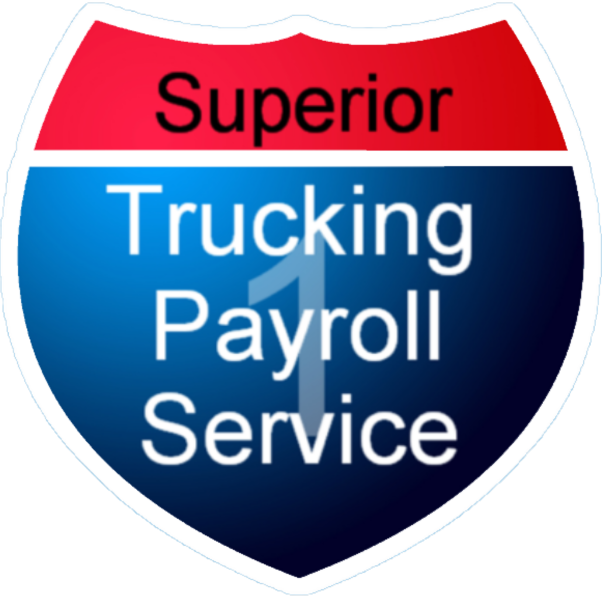Are you getting ready to pay your first employee? Not...
Read More
The Social Security Number (SSN) is an important piece of information for payroll departments because it is used to track an employee’s earnings. It also determines eligibility for Social Security benefits. However, what happens if an employee does not have an SSN or offers an incorrect one? In these cases, payroll departments must take specific steps to ensure legal compliance and avoid penalties.
Step 1: Check the SSN against your records
The first step for payroll departments is to compare the employee’s SSN to the records on file to make sure they didn’t type in the number incorrectly. When a person gets hired, they must give the employer a copy of their SSN card along with one other form of ID. Employers need to keep these on file. This will help in the search process of any discrepancies or errors that may have occurred during the payroll process. If the employee’s SSN is not on file or differs from the one previously provided, payroll departments should move on to the next step.
Step 2: Request that the employee check their SSN
The second step is to request that the employee check their SSN. The employee may have a different SSN than what is on file or may have entered the SSN incorrectly. The employee should then be asked to provide their correct SSN as well as to provide a government-issued ID to verify their identity.
Step 3: Gather the necessary information
If an employee provides a corrected SSN, payroll departments must validate it by comparing it to Social Security Administration (SSA) records. They can do so by submitting the employee’s information to the SSA’s verification system. If the SSA confirms that the SSN is legitimate, payroll departments should update their records accordingly.
Step 4: Contact Homeland Security
If the employee does not have an SSN or if the SSN provided is incorrect, payroll departments should contact the United States Department of Homeland Security (DHS). DHS is in charge of verifying employees’ immigration status and employment eligibility in the United States. They can help payroll departments determine whether an employee is authorized to work in the United States and can provide information on how to obtain a valid SSN.
If the employee completes an I-9 form, the DHS can verify that foreign individuals are eligible for employment. If an employer hires someone that doesn’t have an SSN and has not filled out an I-9 form. Before filling out the I-9 form the employee must fill out Form SS-5. After that, they must show their employer their letter from the SSA regarding an SSN application. Next, allow the employee to begin working. Then the employee will receive their SSN within 7-10 days. Once they receive the SSN, the payroll department can verify their information is correct on new hire documents.
Bottom Line:
Employee pay is very difficult for a young business. Adding an employee without an SSN is not recommended, and you should not do it. If you ever run into an issue like this, follow the steps above to guarantee compliance. If you want to avoid problems like this, outsource your payroll to professional companies. Contact us for more information or look at our services page.
Tessa joined Superior Trucking Payroll Service in September 2022. She loves to write and make videos which made her a great asset to the team in her marketing position.
Before working at Superior Trucking Payroll Service she worked in IT at GVSU which gave her the skills to problem-solve with customers over the phone.
Contact Us!
Incomplete Truck Driver Paperwork: How It Can Cost You Big
Have you ever felt pressured to get a new driver...
Read MoreHow Long Does It Take to Set Up Trucking Payroll Service?
Worried switching payroll companies means missing paydays or a stressful...
Read MoreCheap Trucking Payroll Services: Why They Often Cost More
Are you saving money — or setting yourself up for...
Read MoreI Want to Do Trucking Payroll Legal – But I Don’t Want to Go Broke
If you’re worried that switching from 1099 to W-2 will...
Read More
